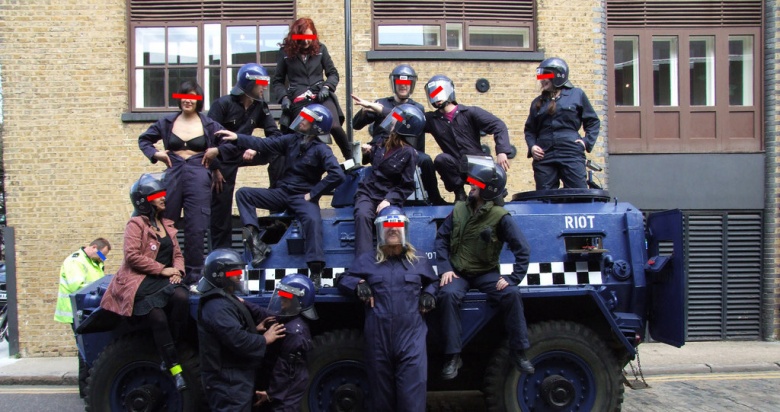
Sublime or subversive: Activist culture in reclaiming public space
Artículo --algo antiguo ya, 2005-- en inglés sobre la cultura activista en torno al espacio público. Algunos ejemplos relevantes (Critical Mass, Space Hijackers, etc.), algo de teoría y algo de bibliografía.
Resumen:
The rise of civil society movements to defend public space represents one of the most powerful mechanisms for changing walking culture. Activist groups such as Critical Mass, Reclaim the Streets, Space Hijackers, and Mobile Clubbing have utilised a combination of humour, guile, and creativity to challenge the orthodoxy of the public relationship with city space. The research utilises surveys and interviews to understand the motivations behind these organisations and to highlight the techniques utilised to change public perspectives on street culture, such as unannounced sporting and musical events on city streets.
Traditionally, there have been a range of measures available to community-based groups to raise awareness of public space issues. The advent of information and communications technologies such as email and text messaging have given activist organisations powerful new tools in realising citizen mobilisation. Their activities are fomenting the creation of an urban fraternity of like-minded citizens who can readily organise significant numbers into the streets.
Despite the energy and creativity of such groups, local authorities have sought to curb their activities through legal restrictions. However, the research shows that these types of campaigns may in fact be quite effective mechanisms for instilling public life back into city streets. The research concludes by suggesting how public officials can utilise similar mechanisms for achieving the policy goals of increased use of public space and greater citizen participation.
Índice:
- Introduction
- Community-based actions
- Critical Mass
- Reclaim the Streets
- Space Hijackers
- Flash Mob
- Mobile clubbing and pillow fight clubs
- Democratising public space
- Private sector uses of public space
- Responses to activist actions
- Conclusions
Archivos relacionados
Actividad de grupos y nodos
-
08-10-15
plug-in social es un proyecto de mejoramiento de viviendas precarias. diferentes dispositivos de aplican (plugean) a las casas con el objetivo de mejorar sus condiciones básicas. la materia prima que usamos proviene de desechos industriales y/o domésticos.
-
25-07-15
Aunque el significado de resiliencia tiene múltiples conceptos según el sector de aplicación. Si nos trasladamos al urbanismo, la resiliencia urbana implica, aparte de resistir frente a las catástrofes o bien de recobrarse más tarde, desarrollar la capacidad de las ciudades para mudar, amoldarse y convertirse en respuesta a las distintas situaciones de crisis.
-
22-06-15
Versión para imprimir de la guías de activación de espacios.
-
18-06-15
La #CalleEjemplar es una iniciativa de dérive LAB que tiene como fin transformar temporalmente una calle de la ciudad, generando mayores espacios peatonales e infraestructura para las bicicletas, a la vez que se aumenta la seguridad vial y se regula el uso del automóvil privado.
-
03-06-15
Debemos de comprender que en el diseño de viviendas actúan otras constantes que deben de ser consideradas por el proyectista. En este sentido, quiero exponer un manual de gran calidad técnica que abarca el diseño saludable en la arquitectura.
-
30-04-15
Desde el análisis de las ciudades con una histórico urbanístico y que han evolucionado de diferentes formas, podemos extraer muchas lecciones que solo el tiempo puede mostrarnos.
-
20-03-15
Muchos arquitectos a lo largo de la historia han defendido la luz natural como un complemento indispensable en la arquitectura. Queremos mostrar cómo la iluminación natural afecta a los espacios y cómo comprender-la.

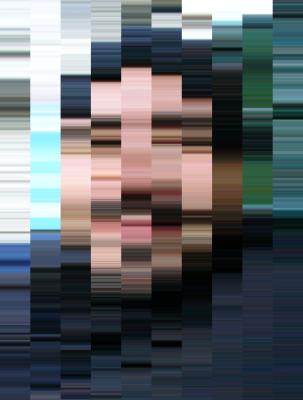
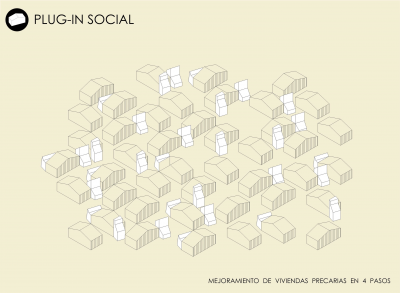
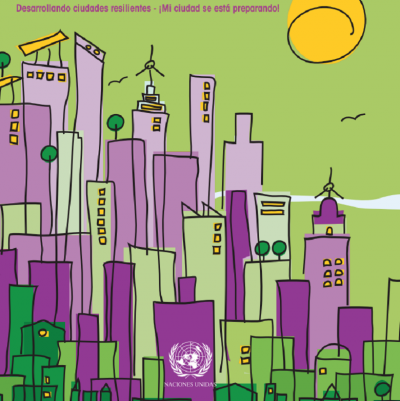

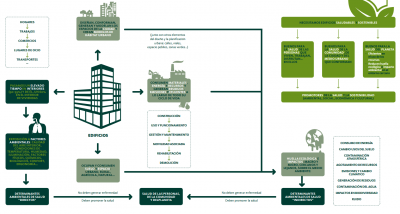

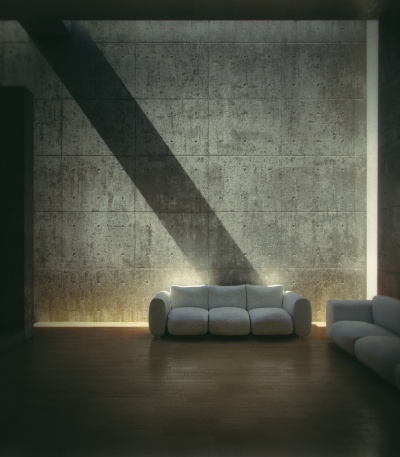
Comenta